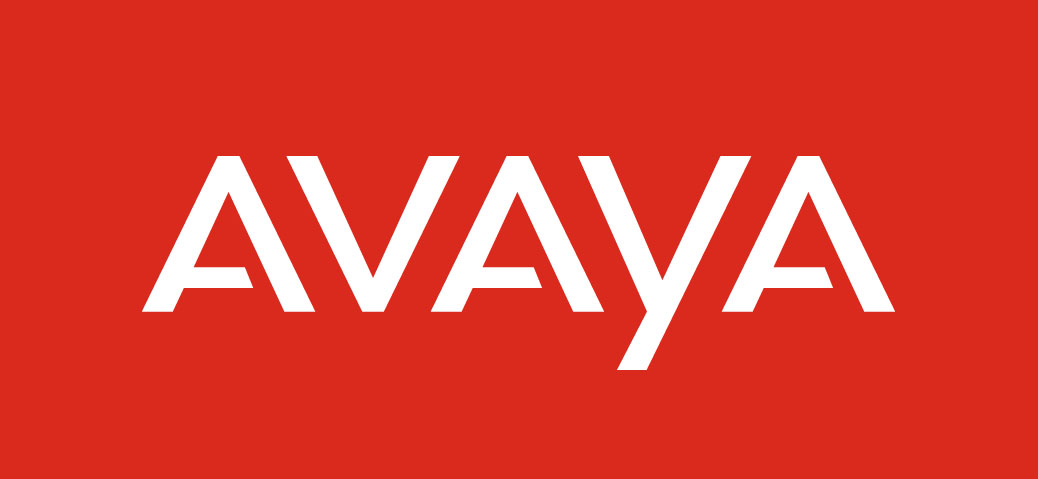Avaya filed for Chapter 11 bankruptcy this morning. In August 2022, the company announced its Q3 2022 results were significantly lower than expectations and issued a dire warning: “There is substantial doubt about the company’s ability to continue as a going concern.” That was about a week into the job for the new CEO Alan Masarek. In December 2022, financial outlets reported that Avaya had been reviewing restructuring offers.
I recapped Avaya’s journey since emerging from chapter 11 in 2017 to August 2022 in this No Jitter Post last August. In December last year, I provided an update and described Masarek’s five-step plan. The first four steps are: a streamlined product strategy, organizational restructuring, cultural changes to improve morale and retention, and cost reductions. This morning’s filing represents either the beginning or ending of step five: debt restructuring.
It was clear that Avaya needed to restructure its debt of nearly $4 billion. The question was whether this could be accomplished voluntarily or require an in-court filing. It appears the answer is both. Avaya turned to the courts to approve its reorganization. Equity will transfer from current shareholders to selected debtholders.
Is this Chapter 11 filing the beginning or end of Avaya’s transformation? Most will say it’s the beginning, and the end is when the process completes. But there’s an argument to be made the Chapter 11 filing is actually the end of the process. This brings us back to the fifth step of Masarek’s five-step transformation.
By filing a prepackaged bankruptcy, most of the heavy lifting regarding debt restructuring has been completed. In December, Masarek suggested that if the company files for Chapter 11, the process would go relatively quickly. The Chapter 11 process took about a year in 2017; this time, it’s expected to take 60-90 days.
If all goes as Avaya plans, Avaya will quickly exit Chapter 11 and will have decreased its total debt from approximately $3.4 billion to about $800 million. It will also emerge with approximately $600 million in cash, creating an attractive net leverage ratio of less than 1x. It will have a new, nine-person board of directors, and Masarek will finally be in a position to hire/recruit executives.
The question I get asked the most about Avaya is if it’s too late. Can the company recover from the mistakes and missed opportunities since its last Chapter 11 filing, and should Avaya even be given a second chance? Certainly, Avaya has lost customers, as many CCaaS providers have grown at its expense. On the other hand, Avaya continues to power many of the largest and most complex contact centers and enjoys the world's largest installed base of UC seats. Avaya can retain its customers and even win new ones if the company this time exits Chapter 11 disciplined and innovative.
With regards to large contact centers that favor single tenant solutions, last year Gartner estimated that in three years, only about half the agents worldwide will be on CCaaS implementations, suggesting the other half will continue to use single tenant solutions such as those primarily offered by Avaya.
Regarding UC, the Avaya/RingCentral relationship appears to be stronger. In connection with the financial restructuring, RingCentral’s preferred stock in Avaya will be eliminated, and Avaya has expanded the partnership into all markets where RingCentral is available. Additionally, the agent partnership is being expanded to include a new reseller option. This could reduce the account control conflicts the companies have had in the past.
Chapter 11 is a brutal and painful process. Many investors, employees, and partners that bought Avaya shares (NYSE ticker symbol: AVYA) will lose their investments. That said, this bankruptcy filing has been a possibility, even likely, for several months. The company’s future has been in question for half a year, and this next chapter may clear those doubts.
About a year ago, Avaya was trading at around $14 per share. Year to date, the stock has peaked at around $0.40/share. It was about seven months ago that the company’s financial situation became so dire that it warned investors it may not survive. It now appears the company will survive, and this bankruptcy filing is part of that recovery.
Meanwhile, the economy has reversed the fortunes of many other communications vendors. The CCaaS space is very crowded. Layoffs are rippling across the UC and CC sectors. Avaya may actually emerge from chapter 11 in a relatively strong financial position.
Dave Michels is a contributing editor and Analyst at TalkingPointz.










